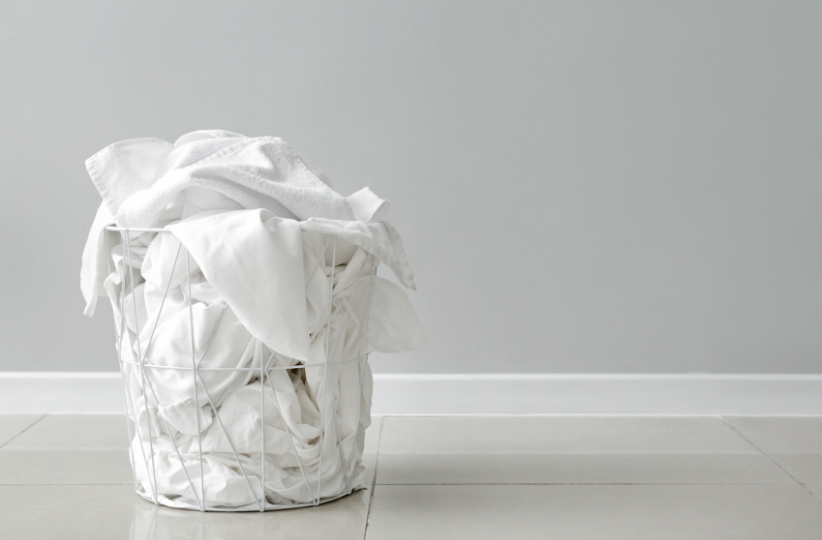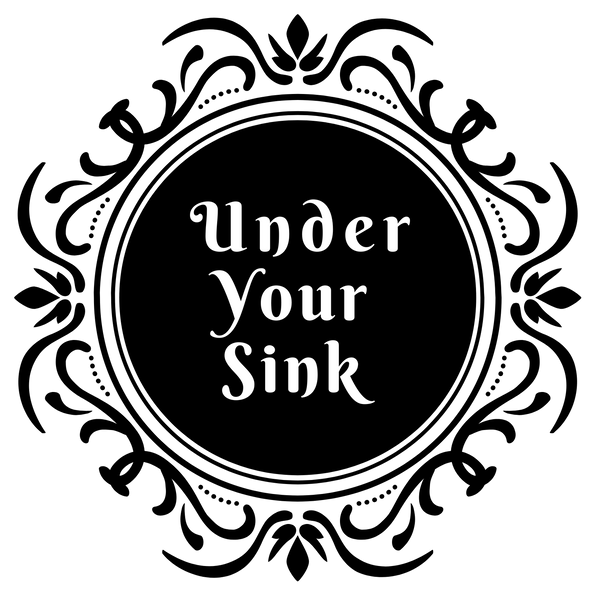
Why I’m Obsessed with Sodium Percarbonate
If something catches my eye, I can’t help but dive in and find out everything there is to know about it. That’s exactly what happened when I first started seeing Sodium Percarbonate pop up in some of the labels for common cleaners like Napisan!!.
As I dug deeper, I started to realise something really exciting - When activated with water, Sodium Percarbonate releases both Hydrogen Peroxide and Washing Soda.
I already knew a little bit about hydrogen peroxide – it's commonly used in hospital-grade disinfectants and a must have in a first aid kit. It’s an oxygen-based disinfectant, breaking down into harmless water and oxygen after doing its job - It's eco-friendly, tough on germs, and great for cleaning!
And as for Washing Soda (also known as Sodium Carbonate) it's the fantabulous stronger cousin to Bicarb and another eco friendly, key DIY cleaning ingredient here at Under Your Sink.
When I tested Percarbonate for the first time - I was all in!! I use it for almost everything – from laundry, grout, dishwashing, oven racks to cleaning my loo!
Activate with Hot/Boiling Water
Laundry Soak & Stain Remover
Percarbonate is the key ingredient found in famous laundry soakers like Napisan!
- Add a tablespoon or 2 in a normal wash to boost your laundry
- Create a bubbling laundry soak to remove stains and brighten whites using 1-2 tablespoons and hot water. Safe in colours and whitens whites!
Make your own Dishwasher Powder
Equal parts Washing Soda an Percarbonate with an optional dash of coconut soap flakes is a simple and effective replacement for expensive dishwasher tablets. It can also be used in the sink to degrease pots, pans, filters. Use only only dishwasher safe items though
Multi Purpose Heavy Duty Cleaner
There are multiple ways you an use percarbonate such as making sprays and pastes. If you are creative you can use it to clean the loo, shower grout, bathtubs, outdoor furniture, concrete and patios and even the BBQ. Just remember the tips for best use and get the bubbles activated with hot water.
See it in action
Watch this short video for more a visual of what Percarbonate can do and see the bubbles!!
Be Safe
Even though it’s eco-friendly, it’s still a chemical and toxic if consumed. Like ALL cleaning products, keep it stored securely and out of reach of children and pets.
⚠️ Do Not Store Activated Solution: Once dissolved, the solution becomes volatile and must be used immediately. Never store it for future use unless it's in its original powder form.
Buy Percarbonate in Australia
You can grab pure Percarbonate here at Under Your Sink - it comes in various sizes and plastic free packaging.
Leave a comment
Let me know how you use Sodium Percarbonate or ask any questions and I'll do my best to answer
